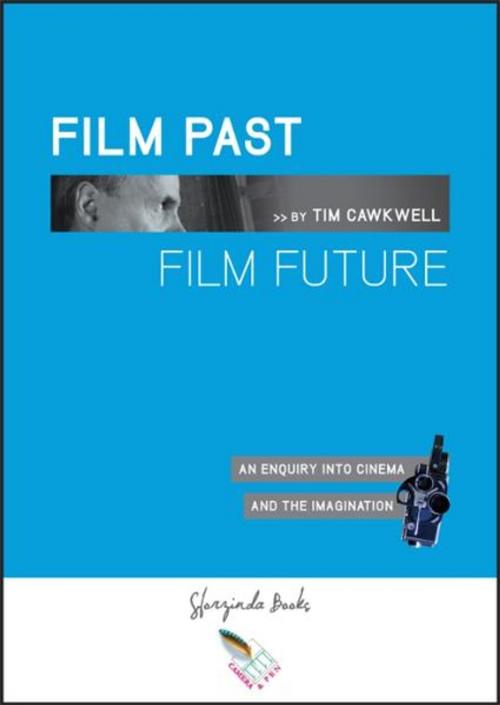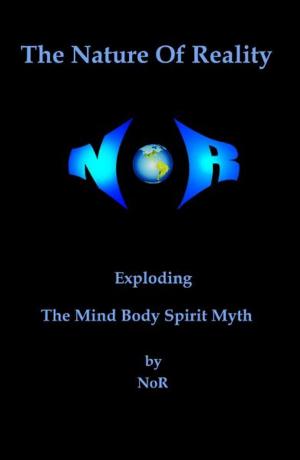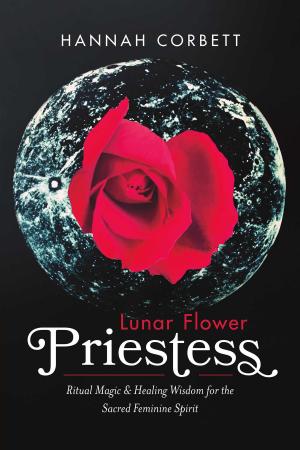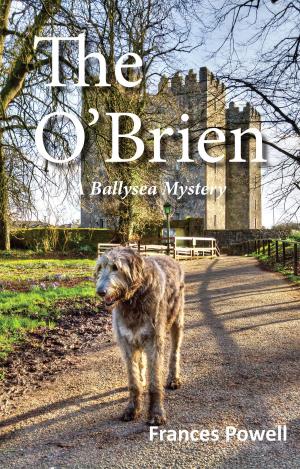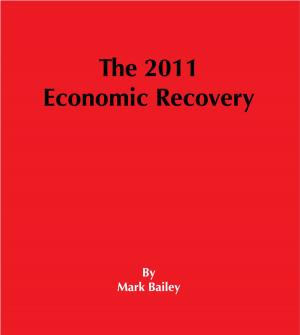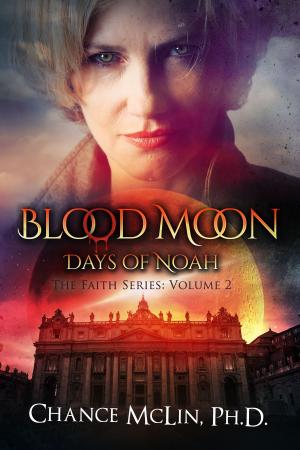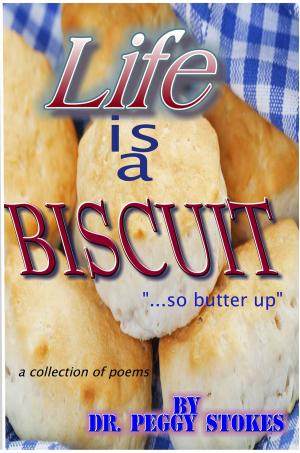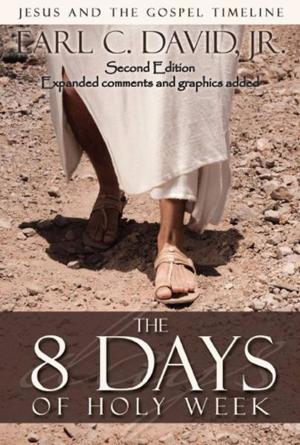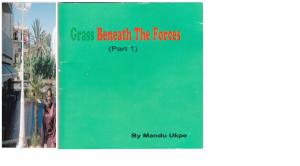FILM PAST FILM FUTURE
An Enquiry into Cinema and the Imagination
Nonfiction, Entertainment, Film, History & Criticism, Performing Arts| Author: | Tim Cawkwell | ISBN: | 9781617928383 |
| Publisher: | BookBaby | Publication: | March 27, 2011 |
| Imprint: | Language: | English |
| Author: | Tim Cawkwell |
| ISBN: | 9781617928383 |
| Publisher: | BookBaby |
| Publication: | March 27, 2011 |
| Imprint: | |
| Language: | English |
How does film engage the imagination? By the brilliance of the film-makers' imagination, yes, but also by making the viewer strive to connect images, and to respond to all the film's elements: acting, framing, lighting, music and so on, to what's shown and to what's implied. All this is illustrated with a huge range of examples from films new and old. Part One covers the way the cinema has delved deep into history, into contemporary events, and into tales of the subconscious – indeed the whole of the human condition – to exploit the desires, the fears and the obsessions of people across the globe. It is capped by a long essay on the cinema and the Holocaust to illustrate the immense effort the cinema has made to represent the unrepresentable. Part Two then gets to grip with the question of how the cinema is unique, and focuses in particular on the way in which it manipulates time. It identifies a weakness in the fact that film-makers have yet to develop more subtle and sophisticated ways of depicting interiority, and concludes with an assessment of whether conditions are right for a Shakespeare to emerge in the cinema. In undertaking this journey, Tim Cawkwell avoids theory in favour of drawing on the examples of films right from the invention of the cinema at the end of the nineteenth century up to the present day, and across the complete spectrum of film-making: silent and sound; commercial, arthouse, experimental; narrative and documentary; long and short. Reference is made to drama, opera, literature and painting in order to seek continuities between the classical artistic canons and current cinematic ones. Along the way it takes a swipe at the cinema of hyperbole from which we currently suffer, in a plea for greater exactitude, and outlines some of the drawbacks inherent in the theatrical stylistics that have held too great sway in much film-making. FILM PAST FILM FUTURE, written in a crisp and highly readable style, will stimulate anyone who takes an interest in and derives pleasure from watching films.
How does film engage the imagination? By the brilliance of the film-makers' imagination, yes, but also by making the viewer strive to connect images, and to respond to all the film's elements: acting, framing, lighting, music and so on, to what's shown and to what's implied. All this is illustrated with a huge range of examples from films new and old. Part One covers the way the cinema has delved deep into history, into contemporary events, and into tales of the subconscious – indeed the whole of the human condition – to exploit the desires, the fears and the obsessions of people across the globe. It is capped by a long essay on the cinema and the Holocaust to illustrate the immense effort the cinema has made to represent the unrepresentable. Part Two then gets to grip with the question of how the cinema is unique, and focuses in particular on the way in which it manipulates time. It identifies a weakness in the fact that film-makers have yet to develop more subtle and sophisticated ways of depicting interiority, and concludes with an assessment of whether conditions are right for a Shakespeare to emerge in the cinema. In undertaking this journey, Tim Cawkwell avoids theory in favour of drawing on the examples of films right from the invention of the cinema at the end of the nineteenth century up to the present day, and across the complete spectrum of film-making: silent and sound; commercial, arthouse, experimental; narrative and documentary; long and short. Reference is made to drama, opera, literature and painting in order to seek continuities between the classical artistic canons and current cinematic ones. Along the way it takes a swipe at the cinema of hyperbole from which we currently suffer, in a plea for greater exactitude, and outlines some of the drawbacks inherent in the theatrical stylistics that have held too great sway in much film-making. FILM PAST FILM FUTURE, written in a crisp and highly readable style, will stimulate anyone who takes an interest in and derives pleasure from watching films.
